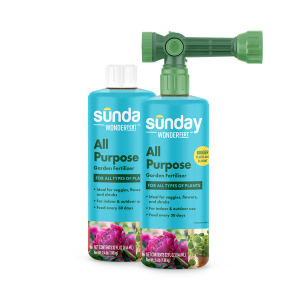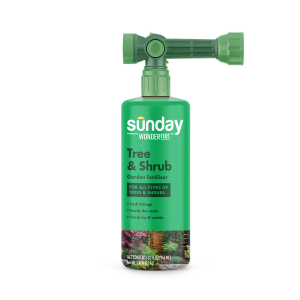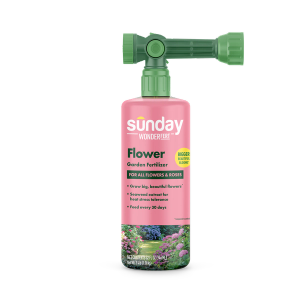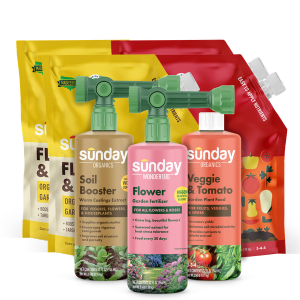You’ve planted your new tree—but now what? Unlike animals that leave their little ones to fend for themselves, we like to give our saplings some serious TLC. And we want to help you do the same! Here’s what you can do to set yourself up for success.
How to care for your new tree
Mulch
Top the planted area with 2–4 inches of mulch, but make sure no mulch touches the trunk (to prevent rot). Mulch is a hard worker! It will keep the soil moisture and temperature even, smother weeds, and cover the bare soil in an aesthetically pleasing way.
Water
Want to know one of the main reasons new trees fail? Improper watering. Right after planting and applying mulch, water slowly and deeply. Keep the soil moist—but not saturated—by watering every two to three days for at least three months. After this establishment period, you can water weekly during the growing season. Just keep in mind: You may need to water more often if your soil is well drained, or less often if it’s clay heavy and/or holds lots of water.
Sunday Tip:
Water meters and Tree Diapers can help ensure you’re providing enough water to your new tree!
Wrap
Wrap the trunk of young trees to protect from animal damage, sun scald (caused by light reflecting off the snow), or southwest injury (caused by rapid temperature changes that cause the bark to crack or split). You can use tree wrap or white tree guards to wrap from the soil line to the lowermost branch—just make sure the wrap isn’t in direct contact with the bark. In the spring, you can remove the wrap to prevent strangling the trunk.
Stake
Unless you live in an especially windy area, staking is probably unnecessary. If strong winds do become an issue for your new tree, place one stake on the windward side of the tree (the side the wind is coming from), and make sure to leave a little slack so the tree can still move a little. In addition to protecting your tree from blowing over, this will help it develop a stronger trunk over time. Stakes should be removed after the first growing season to prevent strangling the tree trunk.
(Don't) fertilize
Stop, and drop those nutrients! Trees should not be fertilized the first year after planting. After the first growing season, feed your new tree using an all-purpose or tree & shrub fertilizer as indicated on the package. Hint: We recommend Sunday’s All Purpose Garden Plant Food Mix. Just sprinkle 1 cup per 1 foot of branch diameter.
Prune
Unless you have damaged branches at planting time, pruning should wait for at least two years after planting. Pruning can be done to protect people and pets (i.e., prevent limbs from falling or hitting power lines), protect the tree itself (removing damaged or infected wood can increase airflow and prevent disease), or for visual appeal (shaping).
Sunday Tip:
Always practice safe pruning. If you can’t have both feet on the ground to prune, call in an expert and never prune any branches within 10 feet of utility lines. Contact your local utility company for guidance.
Scout
As your plants grow, scout regularly for insects, weeds, and disease. Take an integrated pest management approach, which includes preventing pests when possible, properly identifying any pests that show up, managing with non-chemical approaches, when possible, and applying pesticides only if needed.
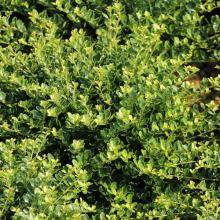
Compacta Holly
Slow-growing Compacta Holly is often mistaken for boxwood, but this one grows in a natural ball shape that looks crisp and clean with just once-a-year pruning.
Cited sources
How to Plant a Tree or Shrub. Cornell University Cooperative Extension Rockland County.
Landscape: Guidelines for Planting Trees and Shrubs. Center for Agriculture, Food, and the Environment at UMass Amherst.
Planting a Tree or Shrub. University of Maryland Extension.
Planting and transplanting trees and shrubs. University of Minnesota Extension.
The Cornell Guide for Planting and Maintaining Trees and Shrubs. Cornell University.
Tree Owner's Manual for the Northeastern and Midwestern United States. United States Department of Agriculture.



